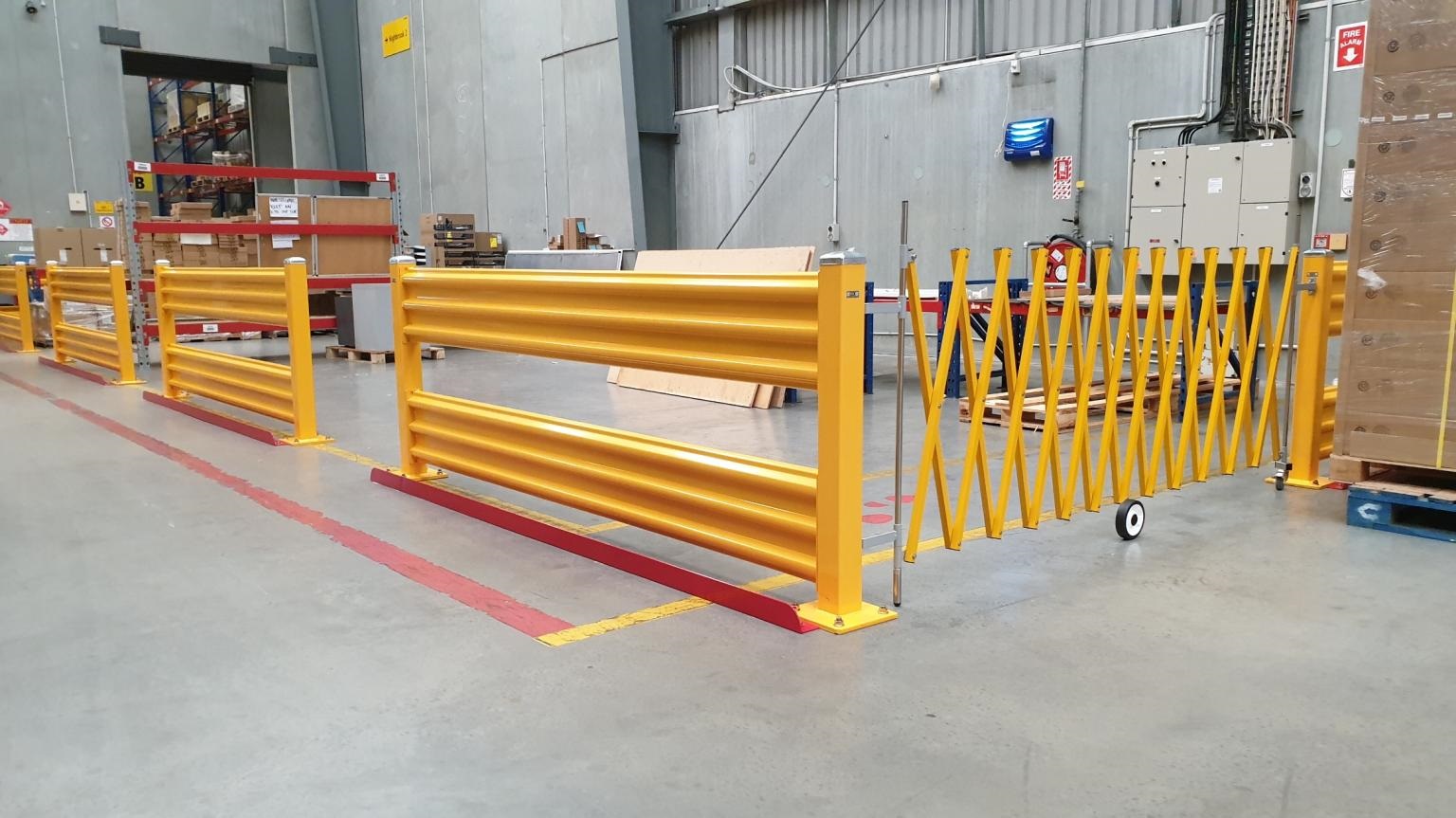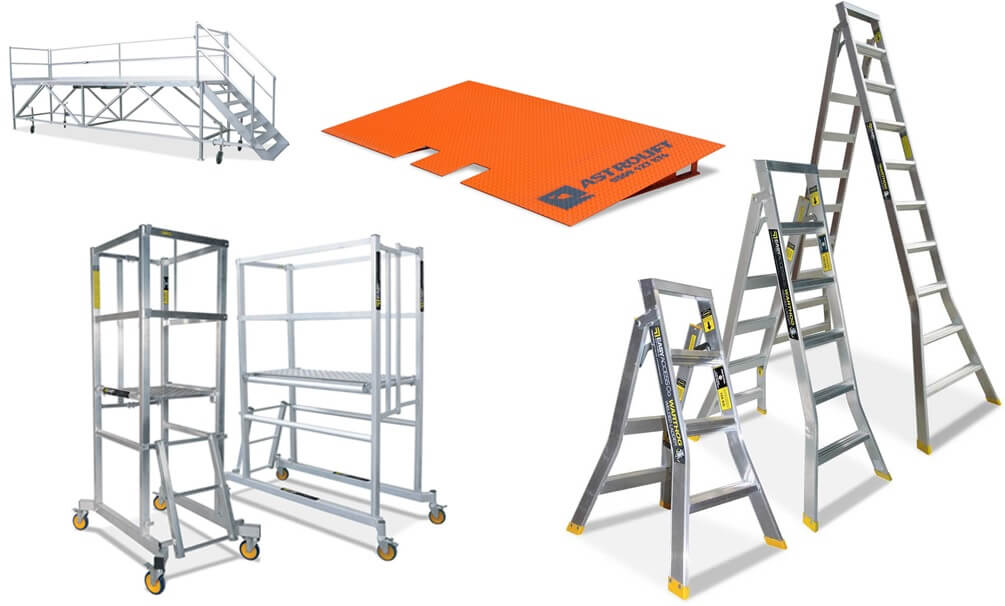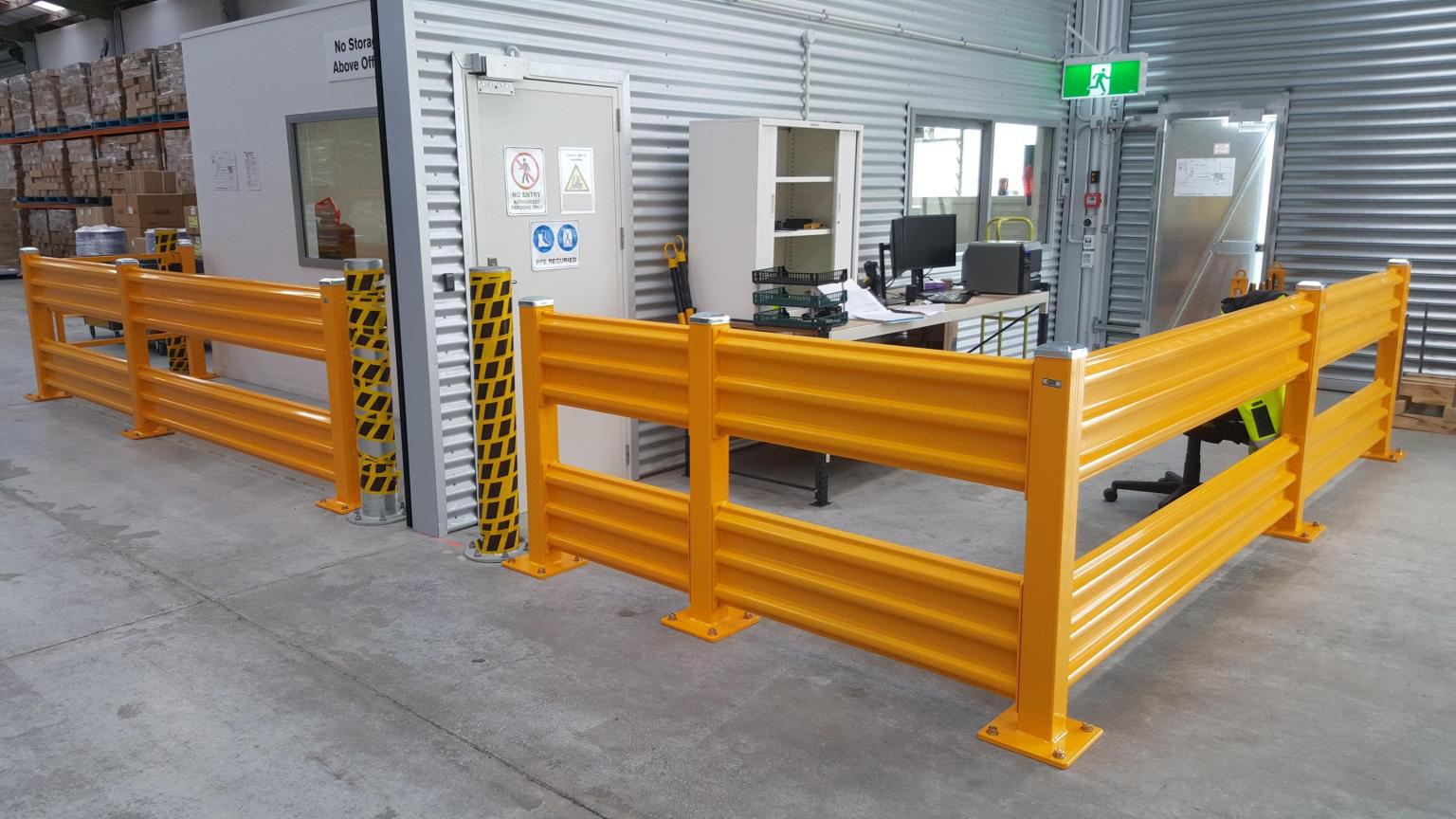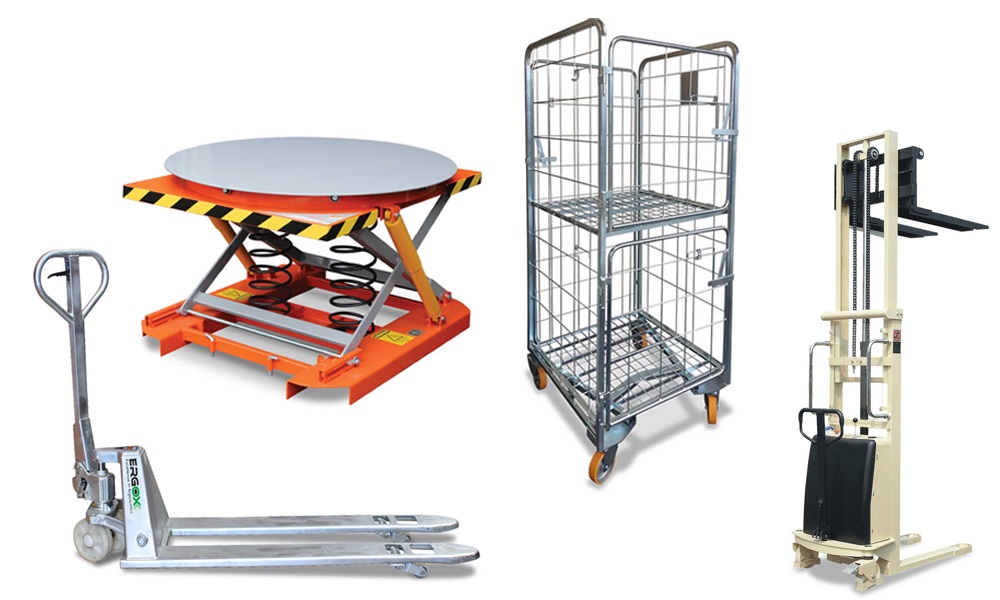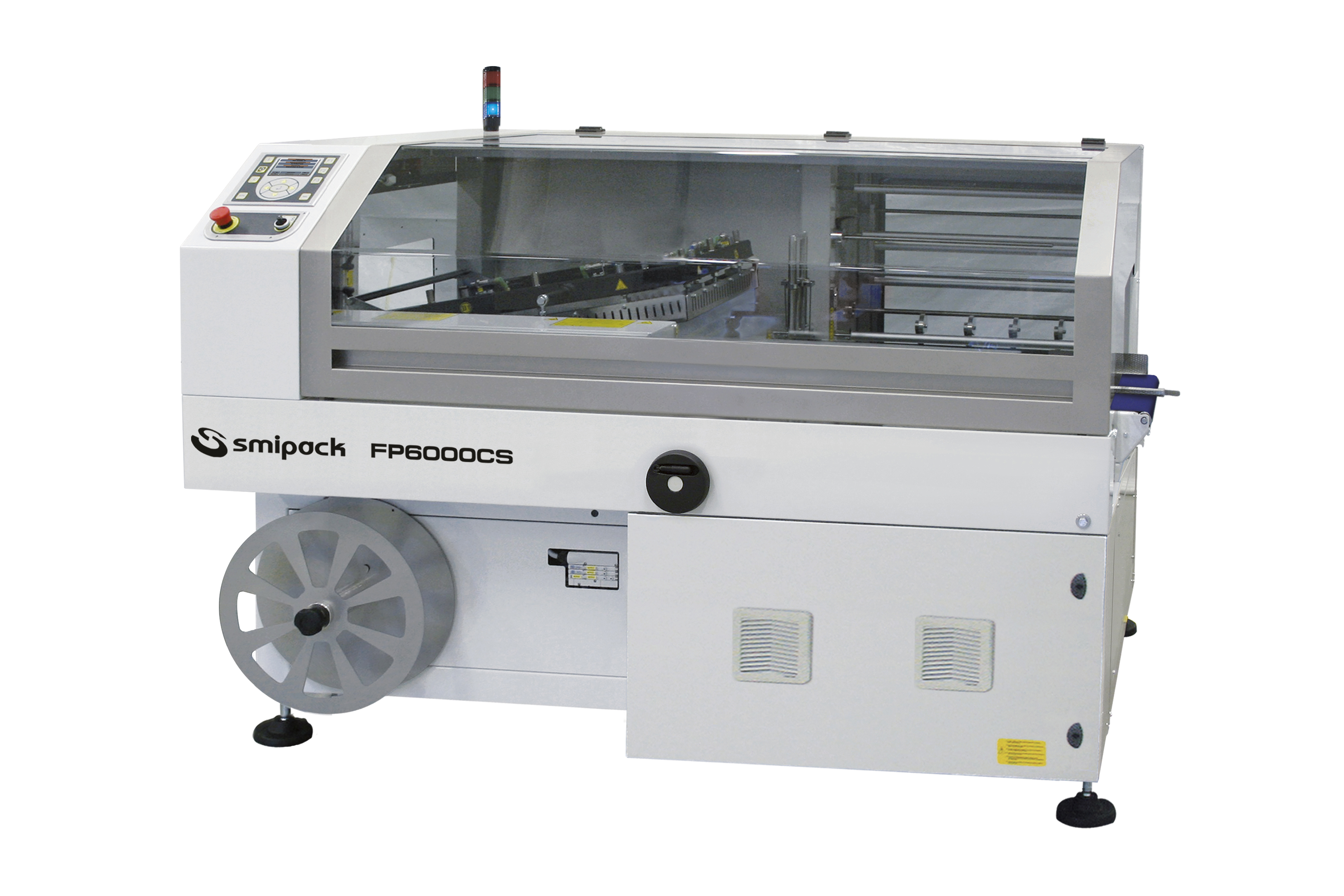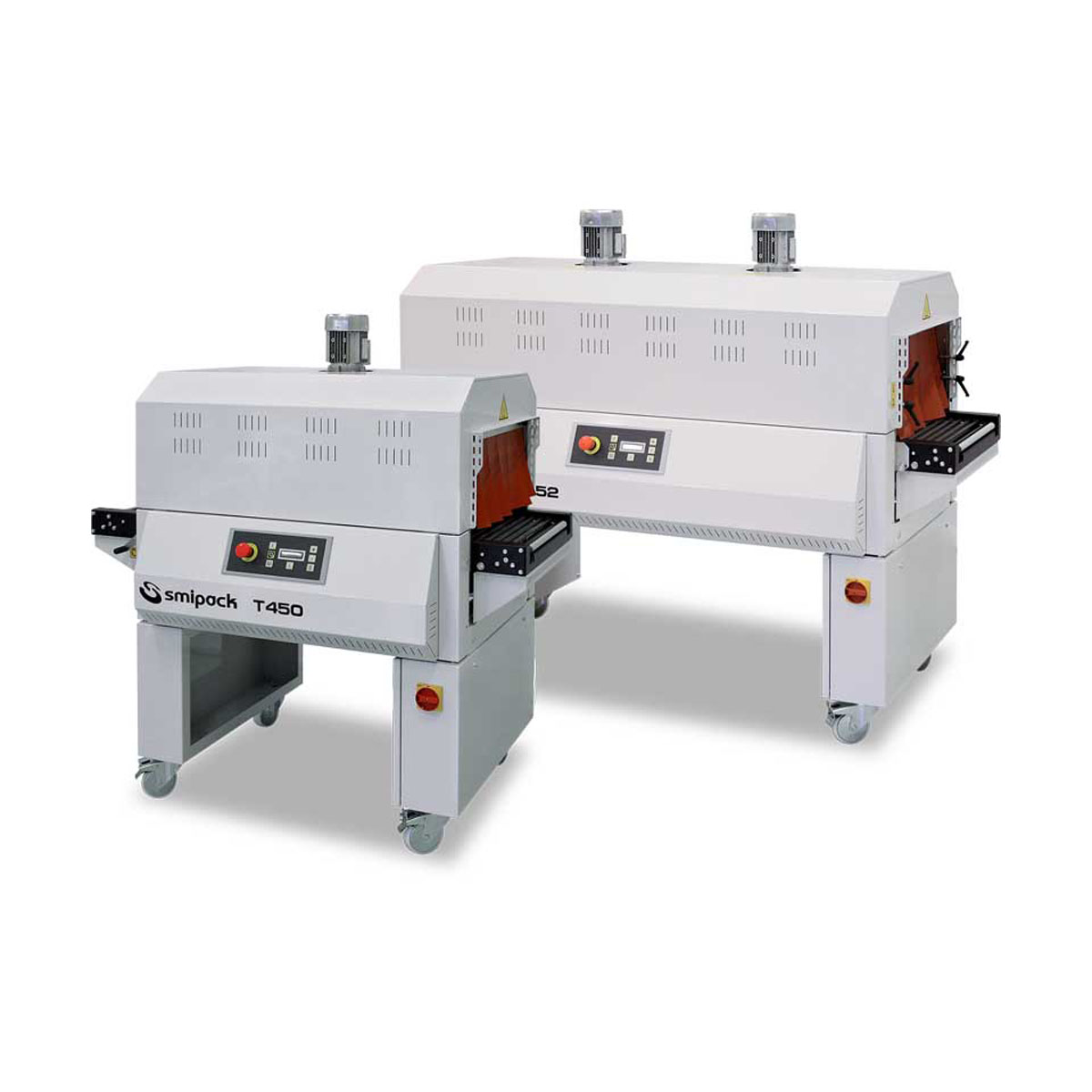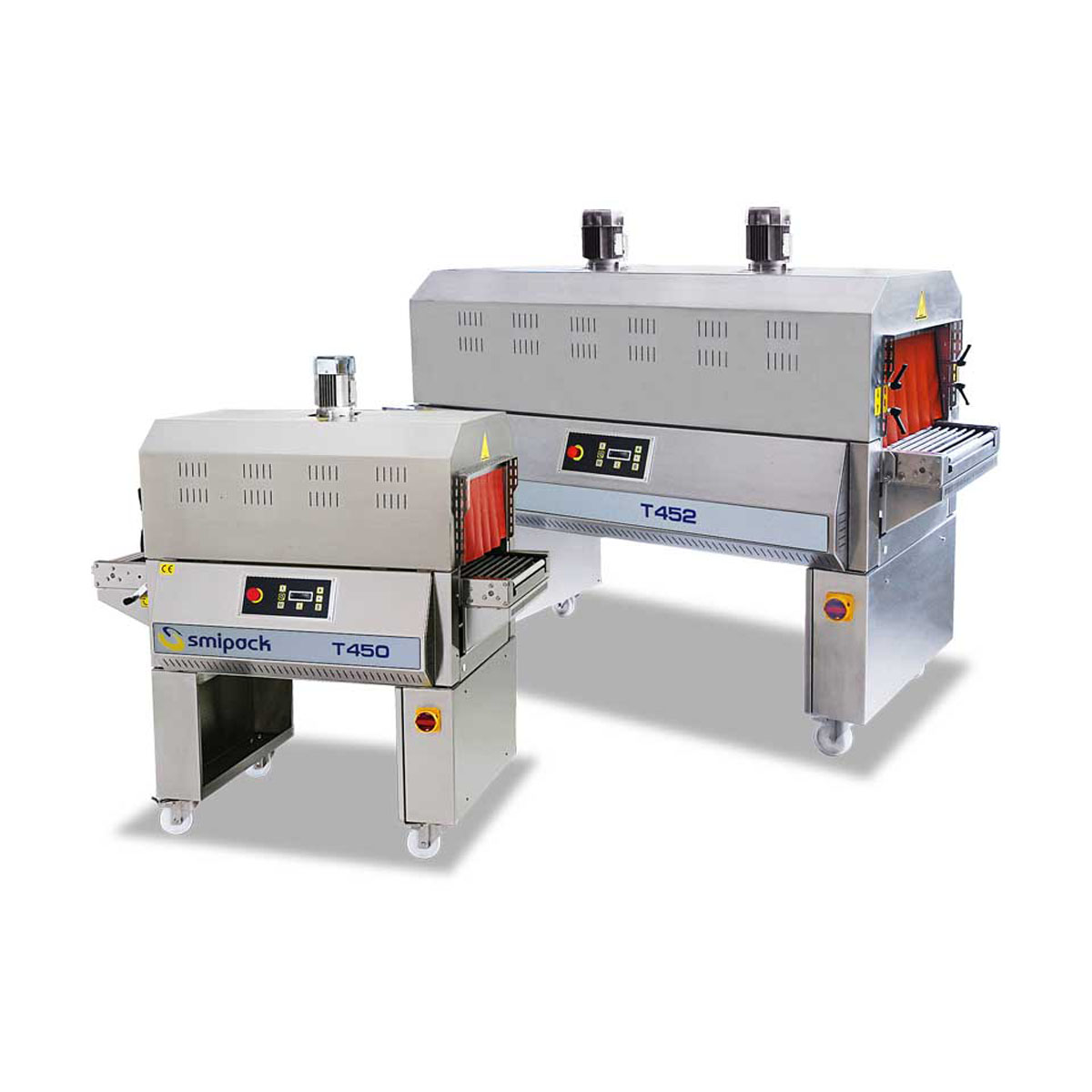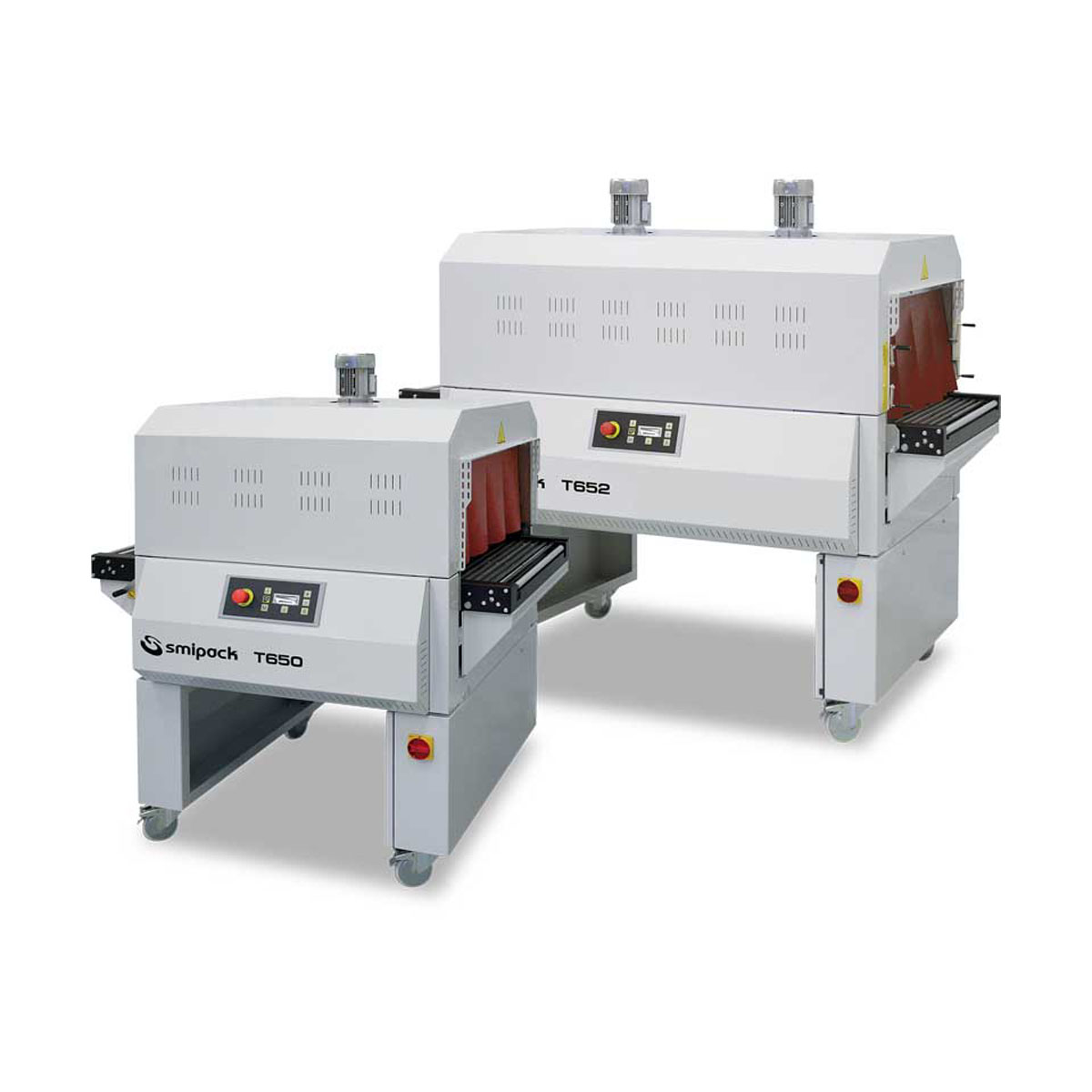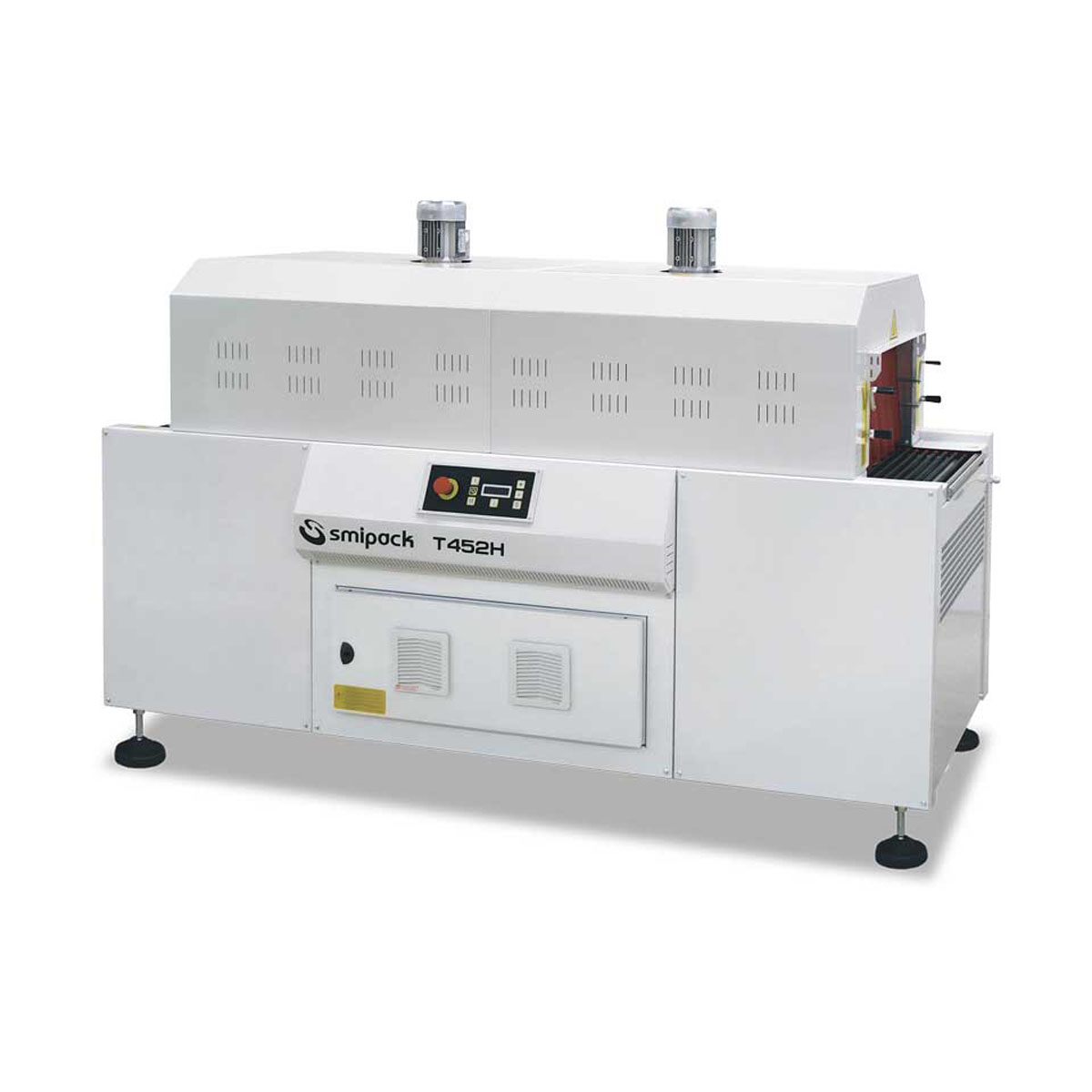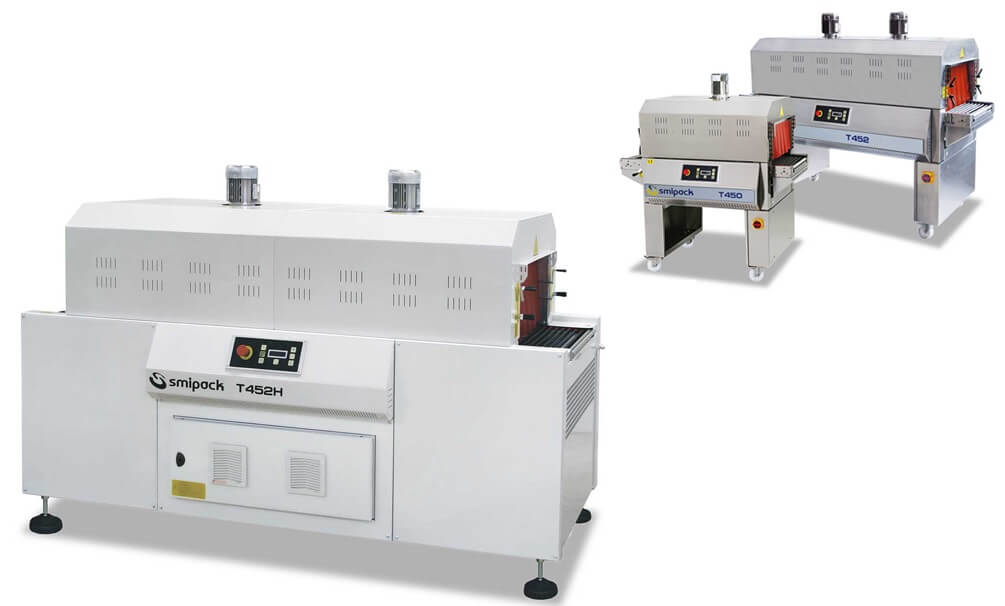Understanding Heat Tunnels
Heat tunnels are an integral part of the packaging process across numerous industries. They offer a fast, consistent, and efficient method of shrinking plastic film around products, providing a secure and visually appealing finish. To better understand the value of heat tunnels and their applications, it's essential to explore the different types, their components, and their operational principles.
Types of Heat Tunnels
There are various types of heat tunnels available in the market, designed to cater to specific packaging requirements. The most common types include:
Single Chamber Heat Tunnels: These tunnels consist of a single heating chamber, suitable for low to medium volume packaging applications. They offer a cost-effective solution for businesses with limited space or lower production demands.
Double Chamber Heat Tunnels: Double chamber heat tunnels feature two heating chambers, providing faster and more efficient packaging. They are ideal for high-volume packaging applications, reducing the overall time required for the packaging process.
Infrared Heat Tunnels: These tunnels use infrared heating elements to provide a uniform and efficient heat distribution. Infrared heat tunnels are ideal for heat-sensitive products or situations where precise temperature control is required.
Steam Heat Tunnels: Steam heat tunnels use steam as the heating medium, providing a more gentle and even heat distribution. They are often used in industries such as food and beverages, where the packaging materials or products may be sensitive to high temperatures.
Components of a Heat Tunnel
Heat tunnels consist of several components that work together to ensure efficient and consistent packaging. Key components include:
Conveyor System: The conveyor system transports the product through the heat tunnel. It can be adjustable to accommodate different product sizes and packaging speeds.
Heating Elements: These elements generate heat within the tunnel, which is used to shrink the plastic film around the product. They can be electrical, infrared, or steam-based, depending on the type of heat tunnel.
Temperature Controls: Heat tunnels typically have adjustable temperature controls, allowing operators to fine-tune the heat settings for different plastic films and product sizes.
Cooling System: Some heat tunnels are equipped with a cooling system that cools down the packaged product after it exits the heating chamber. This helps to set the plastic film and maintain the product's shape.
Operational Principles of Heat Tunnels
Heat tunnels work by using heat to shrink plastic film around products. The process typically involves the following steps:
Sealing: The product is first wrapped in plastic film and sealed using an L-bar sealer or Continuous sealer. This creates a loosely wrapped package with the plastic film covering the entire product.
Heating: The sealed product is then transported through the heat tunnel via a conveyor system. As the product passes through the heating chamber, the heat causes the plastic film to shrink tightly around the product.
Cooling: Once the product exits the heat tunnel, it may pass through a cooling system that helps set the plastic film and maintain the product's shape.
Integrating Heat Tunnels into Existing Packaging Lines
Heat tunnels can be easily integrated into existing packaging lines, providing a seamless and efficient packaging solution. It is essential to choose a heat tunnel that matches the current packaging equipment, such as L-bar sealers or Continuous sealers, and meets the specific production requirements in terms of product size, type of plastic film, and production volume.
Maintenance and Safety
Regular maintenance of heat tunnels is crucial to ensure optimal performance, energy efficiency, and a longer lifespan. This includes cleaning the heating elements, checking the conveyor system for wear and tear, and ensuring the temperature controls are functioning correctly. Heat tunnels are designed with safety features such as temperature controls and emergency stops, ensuring a safe working environment for operators.
Factors to Consider When Choosing a Heat Tunnel
When selecting a heat tunnel for your business, several factors need to be considered, including:
Product Size: Consider the size of the products that require packaging, and choose a heat tunnel that can accommodate the specific product size.
Type of Plastic Film: Different plastic films require specific heat settings and heat distribution, and it's essential to choose a heat tunnel that can adjust to the specific plastic film being used.
Production Volume: The production volume and speed will determine the type of heat tunnel required. High-volume production will require a heat tunnel with faster speeds and larger heating chambers.
Available Space: Consider the space available in your facility, and choose a heat tunnel that fits within the existing packaging line and floor space.
Astrolift is a leading supplier of heat tunnels, providing businesses with a wide range of high-quality heat tunnels to meet their packaging requirements. Astrolift offers numerous benefits, including:
Extensive Range: Astrolift offers an extensive range of heat tunnels to cater to various packaging requirements across different industries.
Quality and Durability: Astrolift's heat tunnels are designed to be of high-quality, durable, and long-lasting, providing businesses with a reliable and efficient packaging solution.
Expertise: Astrolift's team of experts provides businesses with professional advice and support to help them choose the right heat tunnel for their packaging requirements.
Customer Service: Astrolift is committed to providing exceptional customer service, ensuring that businesses receive the support they need to operate their heat tunnels efficiently and effectively.
Heat tunnels are an indispensable part of any modern packaging process, providing businesses with an efficient, consistent, and visually appealing solution to package their products. Understanding the different types, components, and operational principles of heat tunnels is essential for businesses to choose the right heat tunnel for their specific packaging requirements.
Astrolift is a leading supplier of heat tunnels, offering businesses an extensive range of high-quality and durable heat tunnels to cater to their packaging needs.

